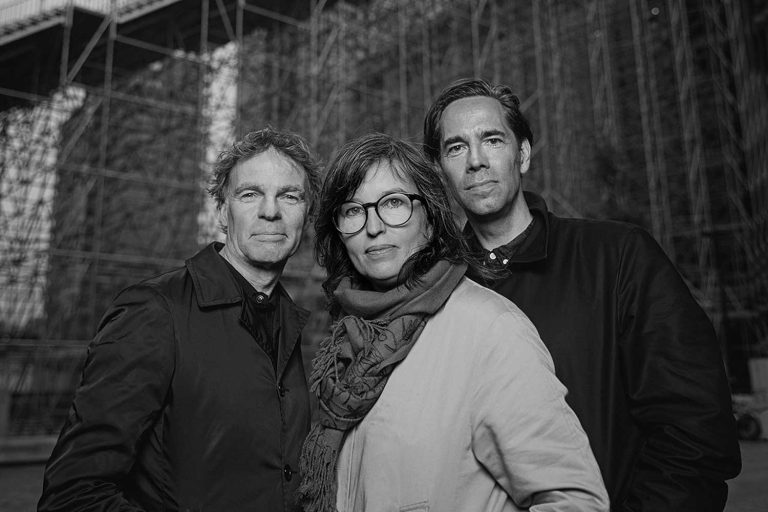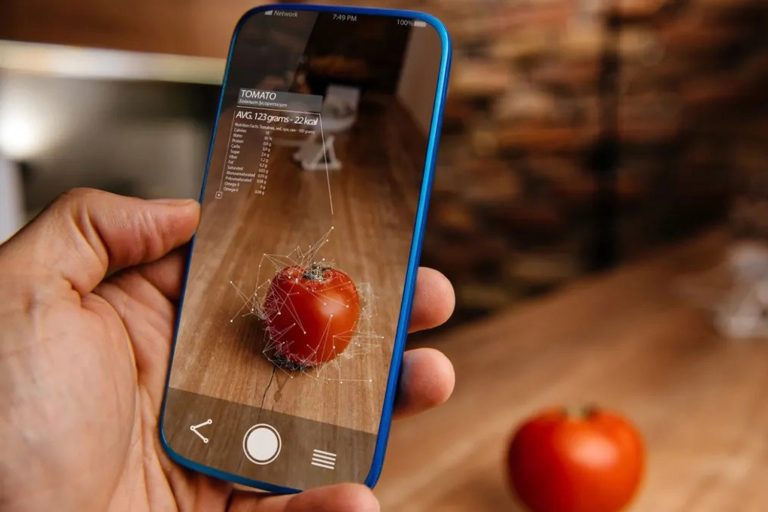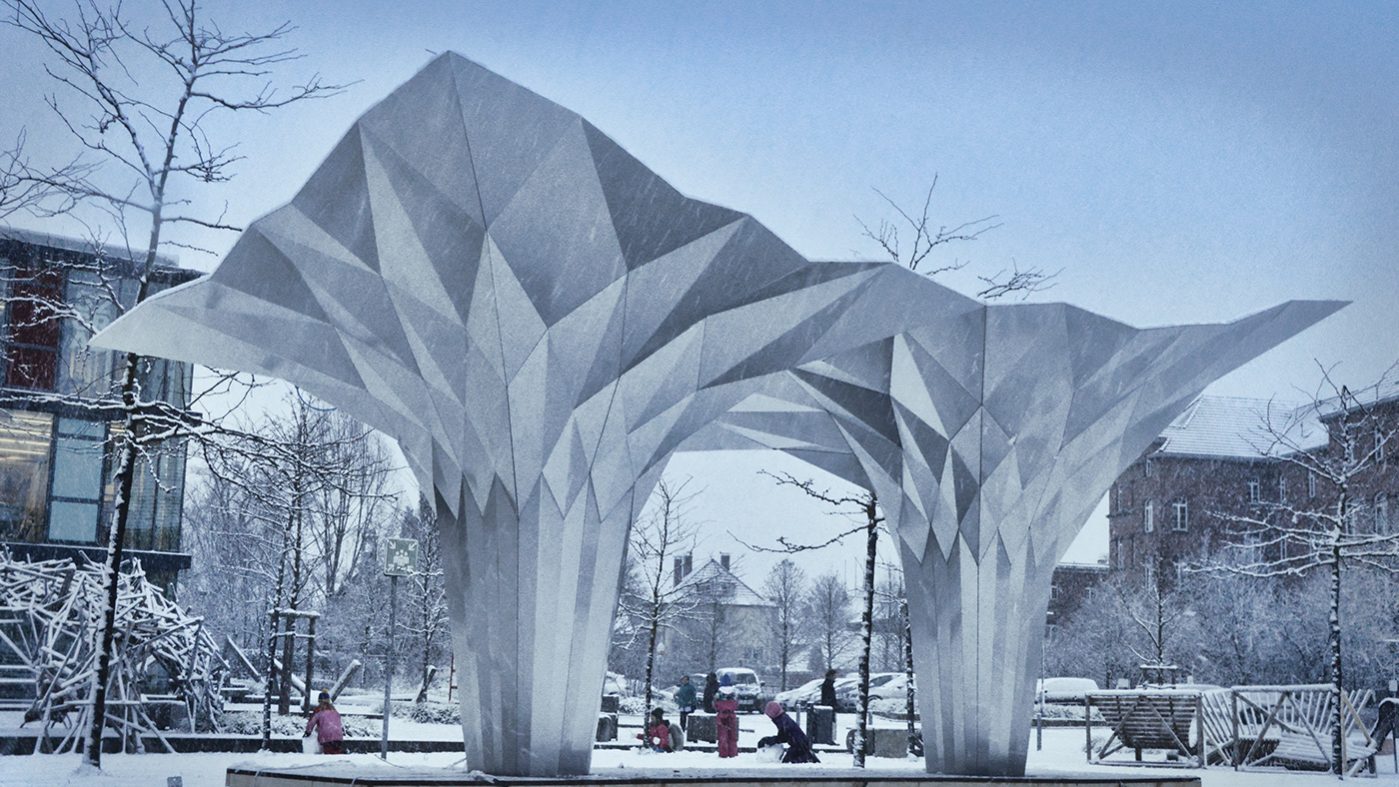
The Novartis Pavillon, designed by AMDL CIRCLE and Michele De Lucchi, has opened its door to the public in Basel, Switzerland. The brand-new exhibition, meeting, and event center on the Novartis Campus is the first publicly accessible facility on the campus and intends to stimulate a discussion about the life sciences and become a resource that highlights the past, the present, and the future of healthcare.
The Novartis Pavillon is designed to be a public space for learning, knowledge, and interaction, bringing the worlds of medicine and science closer together. It displays Wonders of Medicine, a permanent audiovisual installation conceived by ATELIER BRÜCKNER and built with Novartis scientists.
The new building has a remarkable zero-energy media façade that serves as a metaphor in the design. AMDL CIRCLE used parametric design research to create the geometry and visual appearance of the facade, which was then developed and engineered in conjunction with iart.
iart is a media architecture studio situated in Basel, Switzerland. iart, established in 2001 by Valentin Spiess, enriches real environments with digital technology, allowing for new experiences. The studio has earned a reputation for effortlessly blending the digital into the built environment by focusing on complex engineering and scenographic problems and utilizing emerging technology.

The media facade is made up of 10,000 diamond-shaped organic solar modules that are illuminated by 30’000 RGBW LEDs. They are mounted on a steel frame that is affixed to the donut-shaped building’s sheet metal front. Two embedded bi-directional LED units are in each of the solar modules facing outward, with one unit pointing towards the facade and the other pointing away from it. They designed a zero-energy media facade by integrating power generation and lighting. By extension, this indicates that the facade’s annual energy consumption is approximately equal to the energy it generates.
Organic photovoltaics enable the creation of media facades that are both aesthetically pleasing and environmentally friendly. Organic solar modules are perfect for curved structures because they can be made in various shapes and sizes, and are flexible, semi-transparent, and extremely light-sensitive. They are also carbon-based, contain significantly less grey energy than silicon solar modules, and are thus an excellent choice in terms of design and sustainability.
The Novartis Pavillon’s lighting system is powered by electricity produced by organic solar cells. The light can pass through the semi-transparent solar panels since the LEDs emit light both outward and towards the metal shell underneath.


The visually multilayered membrane is used to screen the creations of three world-renowned artists who collaborated with Novartis scientists to produce masterpieces of artwork that were influenced by the forms and colors of molecules and cells as well as the concepts of sustainability and the fusion of art and science. Each evening after the sun sets, their paintings are on display on the facade, while during the day, the facade displays moving text.
The zero-energy media facade transforms into a communicative skin that links the inside and the outside, company and the city, bringing research and medicine together to the wider community. It transforms the Novartis Pavillon into a brilliant icon visible from various sites throughout Basel.

Project Info
Building or Project Owner: Novartis
Architecture: AMDL CIRCLE and Michele De Lucchi
Project artist/ concept/ design/ planning: iart – studio for media architectures
Structural engineering: form TL
Facade design: iart – studio for media architectures / AMDL CIRCLE and Michele De Lucchi
Facade construction: iart – studio for media architectures
Light design: iart – studio for media architectures
Technical layout light: iart – studio for media architectures
Display content/ visuals/ showreel: Daniel Canogar, Esther Hunziker, Semiconductor, curated by HEK (House of Electronic Arts)
Light hardware (LED hardware): iart – studio for media architectures
Lighting control software: iart AEPOS, TouchDesigner
Project coordination: iart – studio for media architectures
Membrane skin: iart – studio for media architectures
Interaction design/ programming: iart – studio for media architectures
Pixel or other basic module/ elements: ASCA (organic photovoltaic modules)




























































